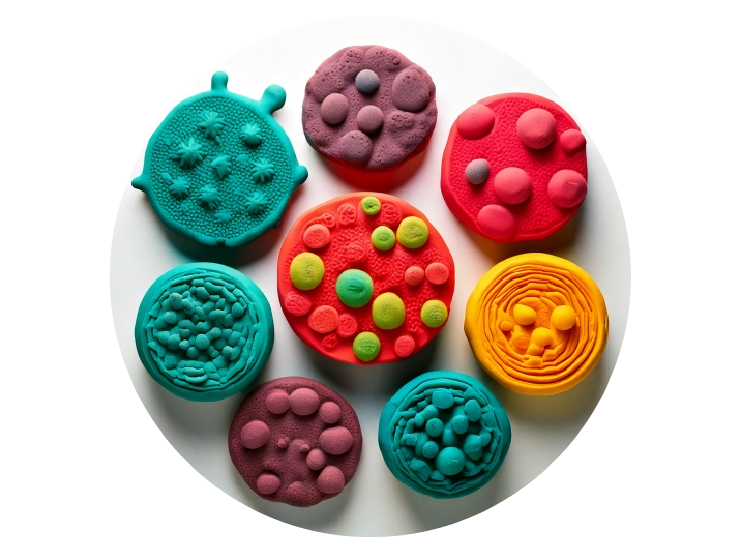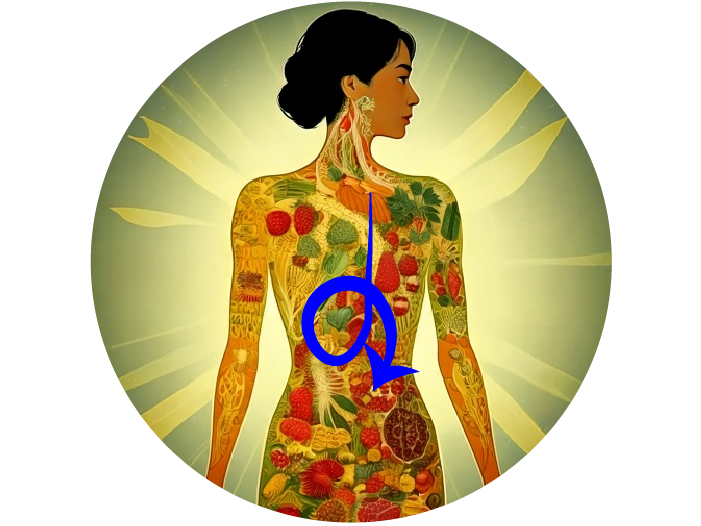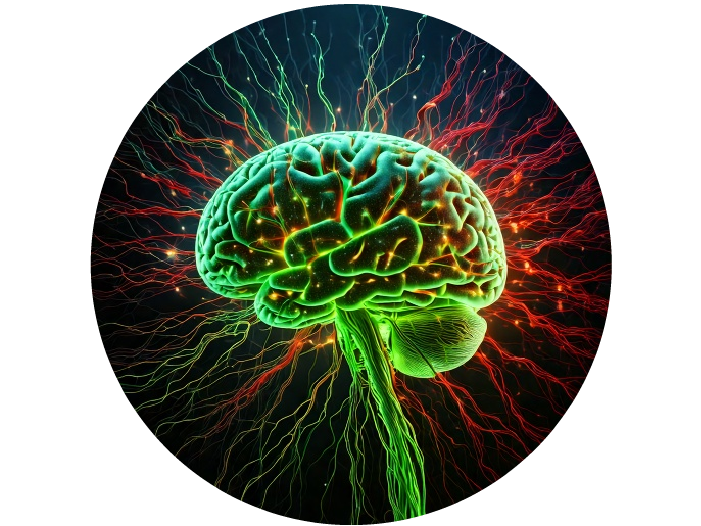Gene Editing: A Real Cure for Diseases?
A simple question with a complex answer.
A simple question with a complex answer.
As a scientist who has used gene editing to correct blindness in rats, I recognize its immense potential. However, we are still far from "fully curing" human diseases. While gene-editing technology has advanced significantly—thanks in part to women scientists like Jennifer Doudna and Emmanuelle Charpentier, who won the Nobel Prize for developing CRISPR-Cas9—major challenges remain.
The main hurdle lies in applying successful lab experiments to real-world treatments. In controlled settings, such as editing genes in isolated cells, we can achieve a “cure.” But replicating this success in a living organism is far more complex. Targeting and correcting specific cells within an entire body remains a daunting task.
Many breakthroughs in gene editing are still at the "proof of concept" stage—demonstrating that something is possible but not yet ready for clinical application. Moving from cell cultures to live animal models requires years of refinement, as biological systems introduce unpredictable interactions. While gene editing holds promise, transforming it into safe and effective human treatments will take time.
Gene Editing and Heart Disease: A Real Solution?
Cardiovascular diseases are the leading cause of death worldwide, according to the World Health Organization. While gene-editing technologies have revolutionized medicine, they won’t significantly reduce these death rates. Why?
For gene editing to cure a disease, the underlying cause must be genetic. However, about 85% of fatal heart conditions are not genetic. Most cardiovascular diseases result from factors like atherosclerosis (blocked arteries), often linked to obesity, poor diet, or lifestyle choices—not faulty genes. In these cases, gene editing offers little help.
Only a small subset of heart diseases has a genetic origin, meaning very few cases could potentially be treated with gene editing in the future. While the technology holds promise in many areas, it is not a universal cure for heart disease.






